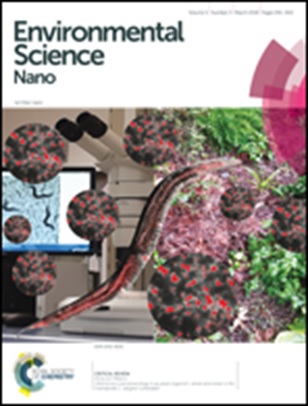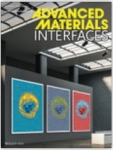The human health and environmental risk assessment of engineered nanomaterials (NPs) is nowadays of high interest. It is important to assess and predict the biological activity, toxicity, physicochemical properties, fate and transport of NPs. In this work, a combined experimental and computational study is performed in order to estimate the toxicity and develop a predictive model for heterogeneous NPs (i.e. modified NPs, created from more than one type of NPs). Quantitative structure–activity relationship (QSAR) methods have not been yet adopted for predicting the toxicity/physicochemical properties of modified heterogeneous nanoparticles (so-called heterogeneous NPs). Since the main problem for nano-QSAR/nano-QSPR modeling of heterogeneous NPs was a lack of appropriate descriptors that are able to express the specific characteristics of 2nd generation NPs, we developed here a novel approach. The novel approach to encode heterogeneous NPs is based on the idea of additive descriptors for mixture systems previously applied only to mixtures of organic/inorganic compounds. Thus, based on the proposed novel approach, we have performed experimental and theoretical studies to develop nano-QSAR models describing the cytotoxicity of 34 TiO2-based NPs modified by (poly)metallic clusters (Au, Ag, Pt) to the Chinese hamster ovary cell line. The models showed a good predictive ability and robustness. This approach can be used as an efficient tool for assessing the toxicity as well as physicochemical properties of unexplored heterogeneous NPs.



